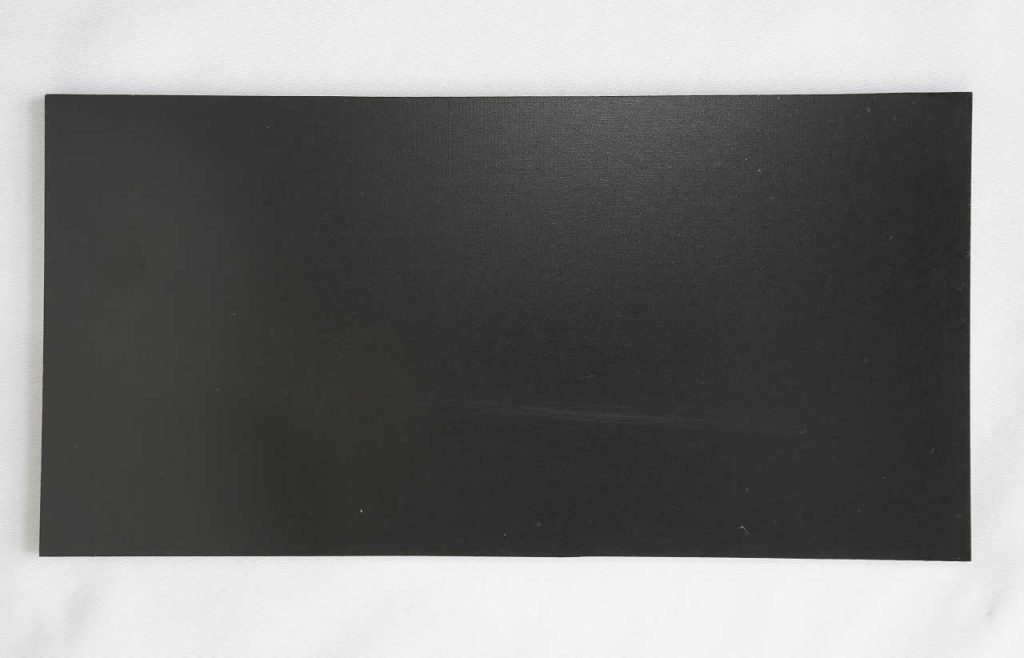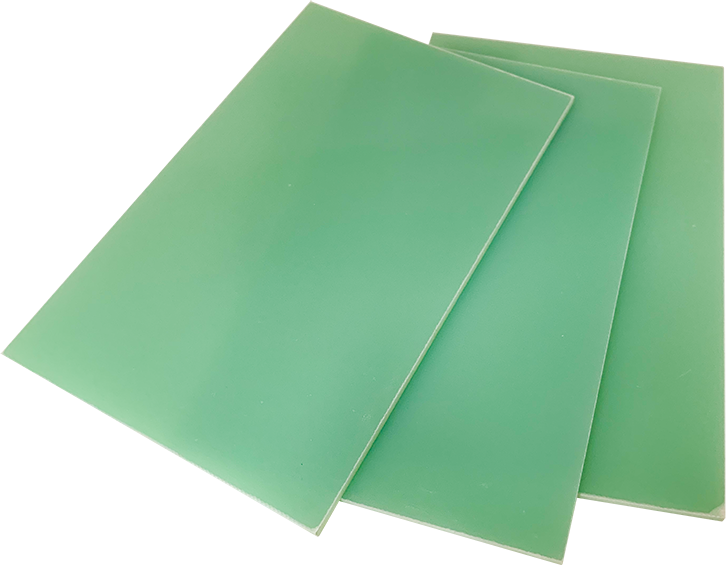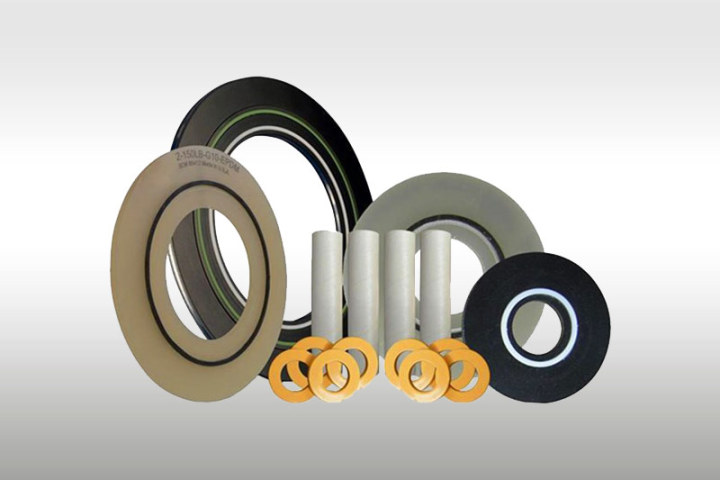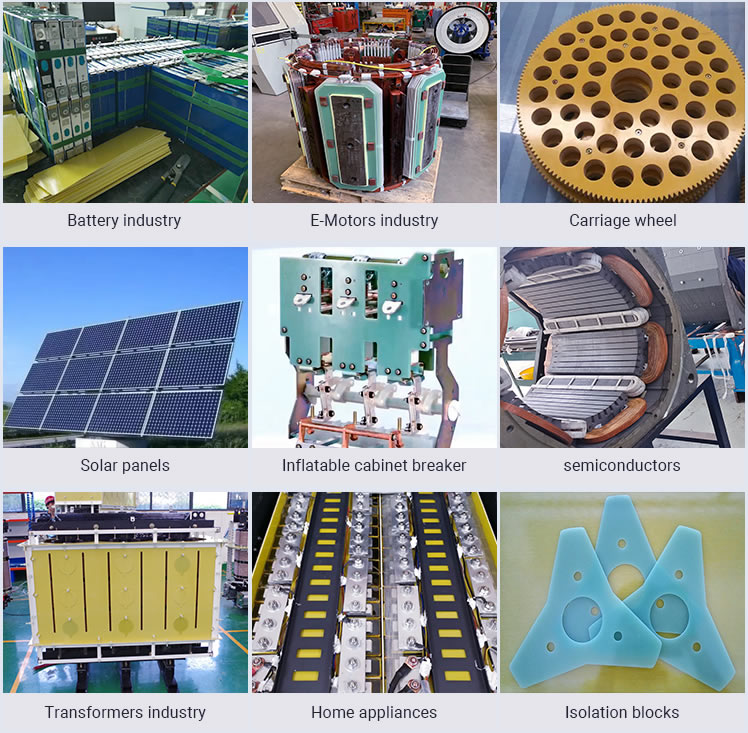Garolite G-10 FR4: Product Introduction, Performance Comparison, and Applications 1. Product Introduction Ga...
Garolite G-10
G-10 epoxy sheet is a composite material laminated under high temperature and pressure using glass fiber cloth impregnated with epoxy resin. It belongs to the G-series under the NEMA (National Electrical Manufacturers Association) standard and contains no flame-retardant additives, relying instead on the inherent properties of epoxy resin.
Base Material: Glass fiber cloth + halogen-free epoxy resin.
Color: Typically natural beige or customizable.
Key Advantages: High mechanical strength, excellent insulation, chemical resistance, and thermal stability.

FR4 is a general term for glass-reinforced epoxy laminates, classified under the NEMA flame-retardant grade and compliant with the UL94 V-0 standard (self-extinguishing).
Base Material: Glass fiber cloth + flame-retardant epoxy resin (containing bromine or other additives).
Color: Commonly green (for PCBs) or industrial colors.
Key Advantages: Superior flame resistance, strong electrical properties, and widespread use in electronics.

| Property | Garolite G-10 | FR4 |
|---|---|---|
| Flame Resistance | Non-flame-retardant (UL94 HB) | UL94 V-0 (self-extinguishing) |
| Mechanical Strength | Higher (flexural: 500-600 MPa) | Moderate (flexural: 400-500 MPa) |
| Thermal Resistance | Continuous use ≤130°C | Continuous use ≤120-130°C |
| Dielectric Constant (1MHz) | ~4.5-5.0 | ~4.3-4.9 |
| Water Absorption | ≤0.10% | ≤0.15% |
| Chemical Resistance | Excellent (acid/alkali/solvent) | Good (reduced by flame retardants) |
| Eco-Friendliness | Halogen-free (RoHS-compliant) | Contains bromine (RoHS-restricted variants exist) |
| Typical Thickness | 0.1mm – 50mm | 0.2mm – 3.2mm (PCB standard) |
Mechanical: Insulating spacers, bearings, gear bushings (high-load, wear-resistant).
Electrical: Transformer insulation, high-voltage switch components (arc resistance >150 sec).
Harsh Environments: Chemical equipment linings, vacuum systems (low outgassing).
Aerospace: Satellite components, radiation-resistant parts.

Electronics: PCB substrates (90% of global PCBs use FR4).
Flame-Retardant Devices: Power supply housings, motor insulation (UL-certified).
Consumer Electronics: Smartphone/computer motherboards, LED panels.
Automotive: ECU modules, sensor substrates.

Choose G-10 :
High mechanical strength or chemical resistance is critical (e.g., chemical processing).
Flame retardancy is unnecessary, but RoHS compliance is required.
Operating in high-temperature environments (e.g., motor insulation).
Choose FR4 :
Flame resistance is mandatory (e.g., consumer electronics, public infrastructure).
High-frequency circuit design is needed (low-loss variants available).
Cost efficiency and mass production are priorities (mature PCB supply chain).
Eco-Friendly Trends: Some FR4 now uses halogen-free flame retardants (e.g., phosphorus-based) for RoHS 2.0 compliance.
Processing Differences: G-10 generates glass fiber dust during drilling (requires PPE), while FR4 cutting may release brominated compounds.
Advanced Alternatives: For extreme conditions, consider G-11 (180°C thermal resistance) or high-frequency FR4 variants (e.g., Rogers 4350B).
By comparing these materials, users can select the optimal choice based on specific requirements (flame retardancy, strength, environmental resistance).
If you are interested in our products,, please send us a message and we will contact you as soon as we receive it. Email: info@ztaero.com whatsApp: +8616650273778